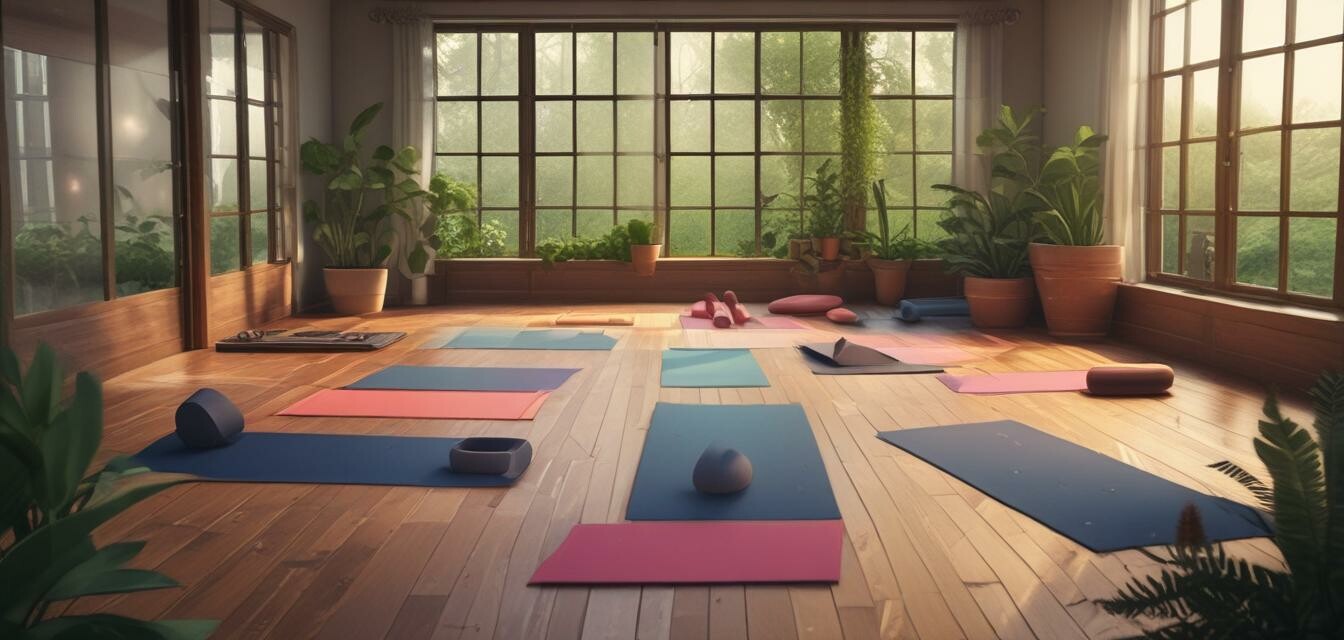
Maintaining flexibility as you age
Key Takeaways
- Flexibility is crucial for maintaining mobility and preventing injuries as you age.
- Incorporate daily stretching routines and mobility exercises into your fitness regimen.
- Mindfulness practices like yoga and tai chi can enhance flexibility and overall well-being.
- Stay consistent with your exercises and listen to your body for optimal results.
- Consult fitness professionals or physical therapists for personalized guidance.
As we age, maintaining flexibility becomes increasingly important for ensuring a quality lifestyle. Flexibility helps with mobility, balance, and reducing the risk of injury. In this article, we'll explore effective exercises and practices to help you stay flexible and agile as you age.
Why is flexibility important?
Flexibility plays a vital role in our overall physical health and daily activities. Here are some reasons why it is especially crucial as we age:
- Improved mobility: Flexibility aids in joint function and range of motion, making daily tasks easier.
- Injury prevention: Regular stretching can reduce the risk of injuries, especially in older adults whose muscles may tighten over time.
- Better posture: Flexibility helps maintain good posture, which is essential for preventing pain and discomfort.
- Enhanced athletic performance: For those who enjoy sports, staying flexible can improve performance and endurance.
- Mental well-being: Engaging in flexibility and mobility exercises can also boost mood and reduce stress.
Exercises to improve flexibility
Incorporating a consistent routine of flexibility exercises can greatly enhance your range of motion. Below are some exercises you can easily include in your daily practice:
| Exercise | Description | Duration |
|---|---|---|
| Hamstring Stretch | Sitting on the floor, extend one leg out and reach for your toes while keeping the other leg bent. | Hold for 15-30 seconds on each side. |
| Cat-Cow Stretch | Start on all fours, alternate arching your back upwards (Cat) and then downwards (Cow). | Repeat for 1-2 minutes. |
| Shoulder Stretch | Cross one arm across your body and use the opposite arm to pull it closer to your chest. | Hold for 15-30 seconds on each side. |
| Hip Flexor Stretch | Kneel on one knee and push your hips forward while keeping your back straight. | Hold for 15-30 seconds on each side. |
| Seated Forward Bend | Sit with legs extended and reach forward towards your feet, aiming to touch your toes. | Hold for 15-30 seconds. |
Incorporating mindfulness practices
Beyond just stretching and physical exercises, mindfulness practices can also significantly contribute to overall flexibility:
- Yoga: Engaging in yoga can greatly enhance flexibility and strengthen your muscles.
- Tai Chi: This gentle form of martial arts promotes flexibility, balance, and mindfulness.
- Breathing techniques: Incorporating proper breathing can improve your overall performance in flexibility exercises.
Tips for maintaining flexibility
Beginners section
- Start slowly: Listen to your body and gradually increase your stretches.
- Stay consistent: Create a schedule to ensure you dedicate time for stretching each week.
- Warm up properly: Before beginning any flexibility exercises, ensure you warm up your muscles.
- Consider seeking professional guidance: Consult a fitness trainer or physical therapist for personalized advice.
- Hydrate: Staying hydrated helps maintain muscle function and recovery.
Tracking your progress
Monitoring your flexibility progress can motivate you to stay committed. Here are a few simple methods to track your improvements:
- Keep a journal: Document your stretches, durations, and how you feel after each session.
- Use a stretching app: Take advantage of modern technology to track your workouts.
- Take photos: Capture images of your stretching to visually see your progress over time.
When to seek professional help
If you experience pain or discomfort while stretching, it’s essential to consult a professional. A physical therapist can provide tailored advice and help you create a personalized flexibility program that suits your needs.
Pros
- Increased mobility and flexibility
- Enhanced physical performance
- Reduction in muscle stiffness
- Improved posture and alignment
- Mental relaxation and stress relief
Cons
- Requires consistent time and commitment
- May lead to over-exertion if not done carefully
- Initial discomfort during the learning phase
- Possible need for professional guidance
Conclusion
Maintaining flexibility as you age is essential for overall health and quality of life. By incorporating flexibility exercises and mindfulness practices into your routine, you can enjoy long-lasting mobility and vitality. For more insights on fitness equipment and accessories, check out our Tips and Advice section. Stay flexible, and embrace the journey towards better health!